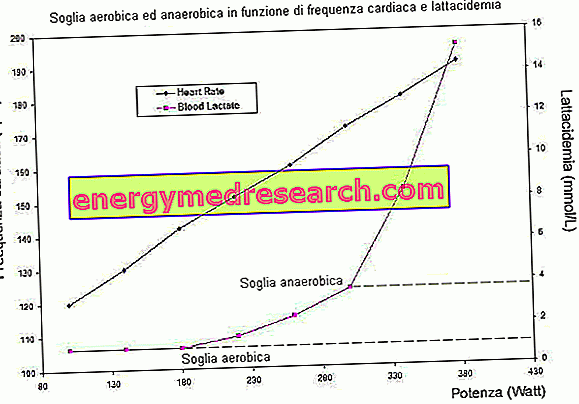
E334 TARTARIC ACID
Tartaric acid is a natural organic acid present in many fruits, particularly grapes. Tartaric acid was isolated by the alchemist Gabir ibn Hayyan, around 800, from potassium acid tartrate, known to the ancients as tartar. The tartaric acid used industrially is instead obtained from the waste products of the wine-making process (ie from the grape skin).
Tartaric acid is an antioxidant compound that also acts as an acidity corrector.
In addition to these two functions, it contributes to giving the fruit its typical aroma and stabilizing its color.
Tartaric acid may be present in various products, such as jellies, sugared almonds, jams, effervescent drinks, soft drinks, bakery products, desserts.
Tartaric acid can be used, together with sodium bicarbonate, in the preparation of digestive effervescents (therefore in the medicinal field). Moreover, it is an excellent retarder in the hardening of the plaster.
Tartaric acid is a compound considered harmless because it is eliminated through the urine without any side effects.
ADI DOSE: 30 mg per kg of body weight.
Its salts are also commonly used, which are:
- E335 SODIUM TARTRATES or SODIUM TARTRATE. It has 2 subgroups:
- E335a MONOSODIUM TARTRATE
- E335b DISODIUM TARTRATO
- E336 POTASSIUM TARTRATES or POTASSIUM TARTRATE (especially in bakery products). It has 2 subgroups:
- E336a MONOPOTASSIC TARTRATO
- E336b DIPOTASSIC TARTRATO
They are compounds produced synthetically, but natural-identical.
- E337 DOUBLE TARTRATE OF SODIUM AND POTASSIUM (especially in meat and cheese products)
They are compounds produced synthetically, but natural-identical.
| E300-E304 | E306-E309 | E310 | E311 | E312 | E313 | E314 | E315 |
| E316 | E319 | E320 | E321 | E322 | E325-E27 | E330-E333 | E334-E337 |
| E338 | E339 | E340 | E341 | E342 | E343 | E350 | E351 |
| E352 | E353 | E354 | E355 | E356 | E357 | E363 | E365-E367 |
| E370 | E375 | E380 | E381 | E385 | E387 | E388 |




